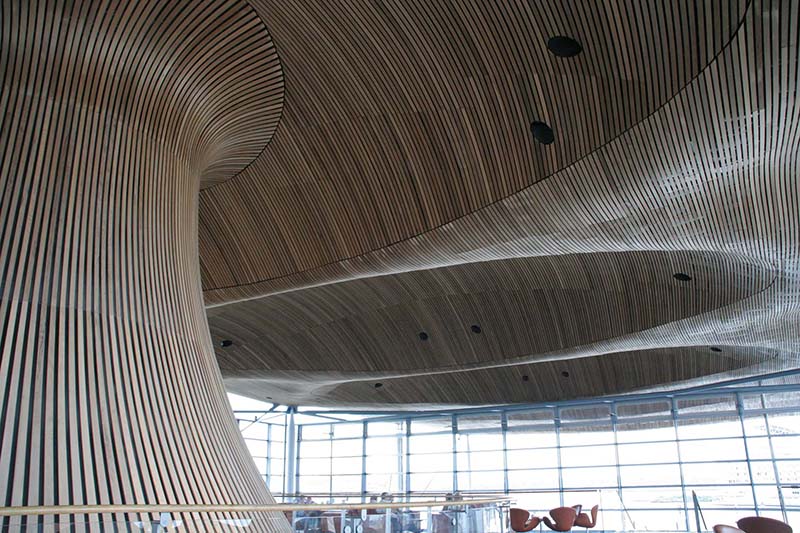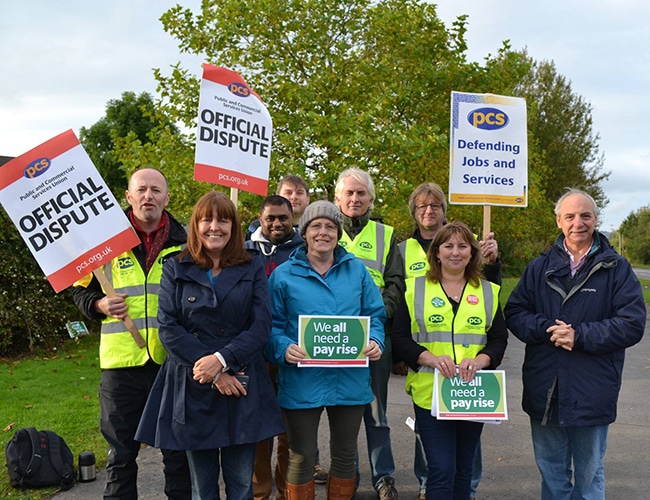- 17/02/2017
- Posted by: Mike Hedges MS
- Category: Assembly Speeches

18:10 – Mike Hedges
We take electricity for granted. We switch our computer, our television, our lights or other electrical devices on and we expect them to work. The electricity has to be generated and available when we need it. Traditionally, electricity has been generated by burning fossil fuels. All fossil fuels are carbon based. When carbon burns, it forms carbon dioxide. Carbon dioxide is a greenhouse gas. This causes global warming.
The Paris agreement is driving the international decarbonisation agenda with some rapid developments in renewables and demand reduction. Alternatives to the burning of coal, gas, oil and wood are needed. This leaves nuclear power, onshore and offshore wind, solar power, river flow, geothermal and tidal power. The advantage of tidal power is that it is reliable. Tides can be predicted for centuries into the future. We know that the Bristol channel is ideally suited to generate tidal power. The Hendry review has been unambiguous in its support for a tidal lagoon in Swansea bay.
The first question to ask is: does the science work? We know that unidirectional turbines work—they’re on rivers. In Dinorwig in north Wales, unidirectional turbines driven by water are used. Water is stored at high altitude in Marchlyn Mawr reservoir and discharged into Llyn Peris to move the turbine during times of peak electricity demand. It is pumped back from Llyn Peris to Marchlyn Mawr during off peak. It uses more electricity to pump the water up than it generates on the way down. Pumping is done at periods of low demand.
The only difference with a tidal lagoon is that the turbines are bidirectional on a tidal lagoon, which means we get it four times a day. Once when the tide comes in, once when the tide goes out, once when the tide comes in again, once when the tide goes out again. We know that’s going to happen and it doesn’t cost us any energy. It’s not like pumping it up a hill and then it coming down again. It’s not cutting edge, it can be created, it can be predicted, and it is reliable over long periods of time.
Whilst fossil fuel plants and nuclear power stations need decommissioning and removing, as Darren Millar said earlier, all a tidal lagoon does is leave you with a sea defence. So, even if you don’t like it, and it comes to an end, it gives you a sea defence. With global warming, we expect sea levels to rise. So, it’s a win-win situation.
The only questions still to be resolved are how will we ensure the safe passage of fish either through the turbines or around them and gain a marine license from Natural Resources Wales? In December 2016, Natural Resources Wales revealed, on its best evidence, the proposed tidal lagoon in Swansea bay could have a major added effect on migratory fish due to injury as they pass through the turbines. After a lengthy consultation, NRW estimated that up to 21 per cent of salmon and 25 per cent of sea trout, which are fish of a national importance, could be killed every year as they migrate to and from local rivers, mainly the Tawe, the Neath and the Afan. The estimates are far higher than the numbers provided by Tidal Lagoon (Swansea Bay) plc, which comes up with a number roughly a tenth of that.
Tidal Lagoon (Swansea Bay) has consistently stated that the impact on fisheries would be minor. We know we’ve got turbines on rivers. How does it work on rivers? You’ve got fish in rivers. In the Mississippi, you’ve got 129 different fish species in it. You’ve got a renewable energy developer, the Free Flow Power Corporation, which successfully operates the first full-scale hydrokinetic turbine generator in the Mississippi river, and has been doing so since 2011. We know the Mississippi is not fish free. So, how has it been achieved without severely depleting fish numbers?
What we need is a tidal lagoon with a means of safe movement for the fish that will lead us to creating sustainable energy, allowing Swansea—[Interruption.] Certainly.
18:14 – David Rees
Thank you for giving way, but do you recognise that actually there are many dams and other buildings that have fish passes within them to actually allow the safe movement of fish up and down in ways like that? This is slightly different because these are turbines that attract fish in through the wave and tidal movements. So, it’s not quite the same picture.
18:14 – Mike Hedges
I think it is actually on rivers because the fish are moving up and down the river and, to get up and down the river, they have to go through the area where the turbines are. Whether they’ve got a fish pass or whatever they’ve got for it—. I think that, if we need fish passes, they need to get fish passes built into the tidal lagoon. But, technically, I don’t think that it is very different. I don’t think it’s very different moving up and down a river, compared to moving up and down a lagoon.
I end with a quote from the Hendry review:
‘We can either stand back and watch other countries take the lead(or watch a resource left permanently unused) or we can decide that we should do what the UK has done so well in the past—spotting an opportunity, developing the technology and creating an industry. As Britain moves into a post-Brexit world, we need to ask if we want to be leaders or followers.’

